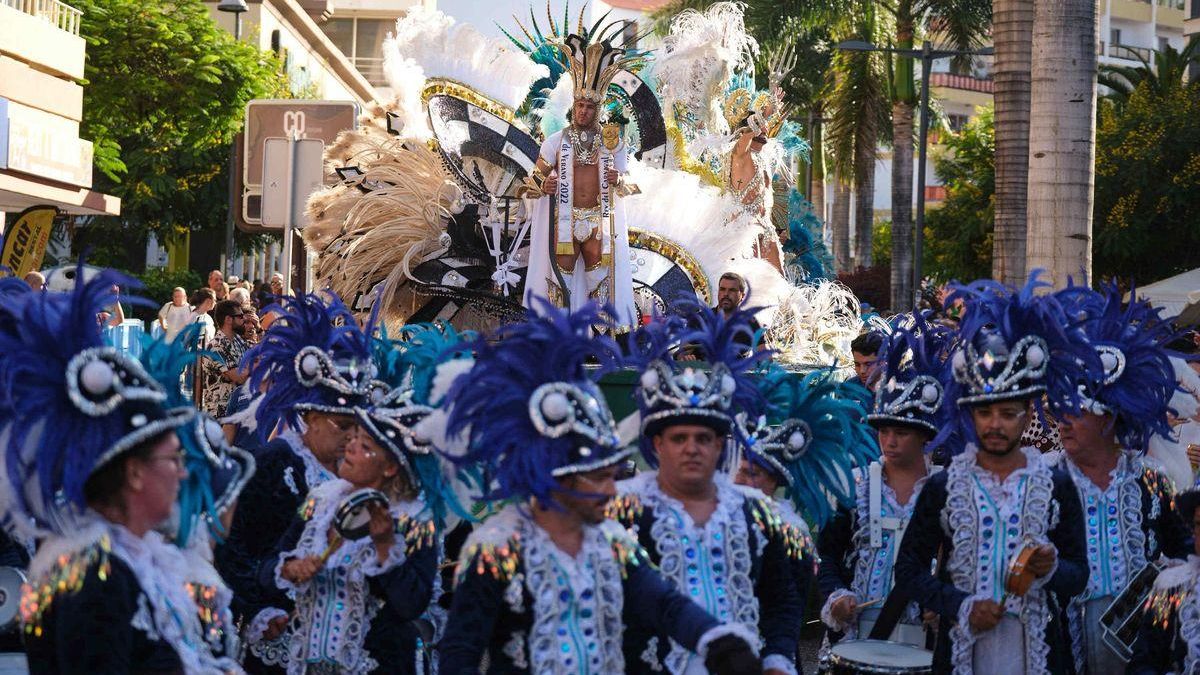Innocent Morocco National Released After 57 Days in Custody

A 20-year-old Moroccan, Abarrafía H., has spent 57 days in prison due to his status as a newly arrived undocumented immigrant, which led authorities to suspect he might flee. During this time, a narrative of a heinous crime he did not commit—that of attempting to burn a young Canary Islander alive after dousing her in flammable liquid—was constructed around him.
The very judge who ordered his imprisonment on 21 July had already expressed doubt about the occurrence of such events—acknowledging this in his preventive detention ruling. However, it was only the recovery of the victim, who had been hospitalised in Seville since the incident, that cleared him of the accusation. Her testimony confirms that both became trapped in an accidental fire and that he helped her escape.
The case involves a 17-year-old girl who suffered severe burns to 50 percent of her body in the early hours of 16 July at a squat in the La Isleta neighbourhood of Las Palmas de Gran Canaria, very close to one of the main migrant reception centres in the Canary Islands. This incident has been one of the most shocking events of the summer in Spain. Therefore, the outcome has been particularly surprising now that the primary protagonist—the minor—can finally be heard.
This is a tale in three acts, detailing how an accidental fire was misrepresented as an attempt by an undocumented immigrant to cruelly murder a vulnerable Spanish teenager who had escaped from a care facility. This occurred in a Spain rocked by serious racist incidents in Torres Pacheco just days earlier.
Substantial details regarding the fire and its background are meticulously documented in the two orders issued thus far by the Court of Violence Against Children of Las Palmas de Gran Canaria: the detention order (21 July) and the release order (16 September).
First Act: The Context
At 03:53 on 16 July, a man is captured on CCTV, followed by a woman, as they try to leave a property from which smoke is billowing.
Eight minutes later, the emergency services receive their first alert call. However, the caller is not seeking help; instead, he wishes to report that “that Moroccan”—Abarrafía H.—is inside the house and that he is going to “take him down.” It is only at the end of the call that he tentatively mentions, “there’s a girl who’s completely burned,” as the judge explains in his first order.
Second Act: Was It Him?
The young girl was urgently taken to the ICU of Doctor Negrín Hospital, and days later was transferred to Seville’s Virgen del Rocío Hospital, which specialises in severe burns.
Abarrafía H. was also hospitalised but had no burns or even smoke inhalation. The police arrested him as soon as he was discharged. He claimed from the outset that it had all been an accident; that they had been smoking and had thrown some cigarette butts on the floor, igniting the rubbish surrounding them, including their mattress.
At that time, the burned girl could barely articulate a few words, which were initially used against the Moroccan. This is what the judge refers to in his first ruling when he calls for the ambulance personnel to testify, saying the victim claimed the accused had caused her burns by igniting what was understood to be the mattress with paper.
Judge Tomás Martín recorded his doubts in the detention order itself. He expressed hesitation about the witness who called the emergency services after discovering that he was involved in a pursuit that a group of Spanish youths had conducted against several Maghreb migrants five days earlier in La Isleta, who had to seek refuge at the police station.
Examining the footage, the judge concluded it was “unlikely” that the girl could have escaped the burning building without assistance, as it was enclosed by walls and lacked accessible doors. He reasoned that the only person who could have helped her escape was Abarrafía H.
Additionally, the 112 recording captured Abarrafía H. heard in the background saying “doctor, help.”
Yet another doubt arose for the judge: medical reports from the hospital stated that the girl had been burned with a flammable liquid, something the police had dismissed from the beginning.
Given these circumstances, he decided to keep the detainee in custody until the burned girl could testify. The legal justification was based on the flight risk, citing Abarrafía H.’s irregular immigration status, lack of residence, and community ties after arriving in Lanzarote just a month and a half earlier.
Third Act: The Victim Speaks—It Was Accidental
On Tuesday, Abarrafía H. was released after the judge received the girl’s testimony via video. She had been interrogated by police at the hospital after recovering sufficiently to recount the events of that night.
Not only did the judge revoke his detention, but he also acknowledged that there was no basis for accusing him of homicide or intentional injury. He only prohibited him from leaving Gran Canaria pending a determination of whether he had committed an act of negligence.
This decision was reached because the girl’s testimony revealed that the fire had ignited accidentally, consistent with the account Abarrafía H. had given to the police, and confirmed that the Moroccan had helped her escape from the location where she had been trapped.
Furthermore, the investigator received reports from both the National Police and the firefighters of Las Palmas de Gran Canaria, contradicting the initial conjectures of the medical personnel who attended to the girl: while her injuries may be severe and extensive, there is no evidence that she was doused with flammable liquids.
Abarrafía H. is now free, but there are still many who continue to label him as a “monster” and even a murderer, despite the conclusions drawn by the court. In many instances, this has been disseminated through the same social media accounts and profiles that sought to provoke unrest in La Isleta following the incidents in Torre Pacheco.














